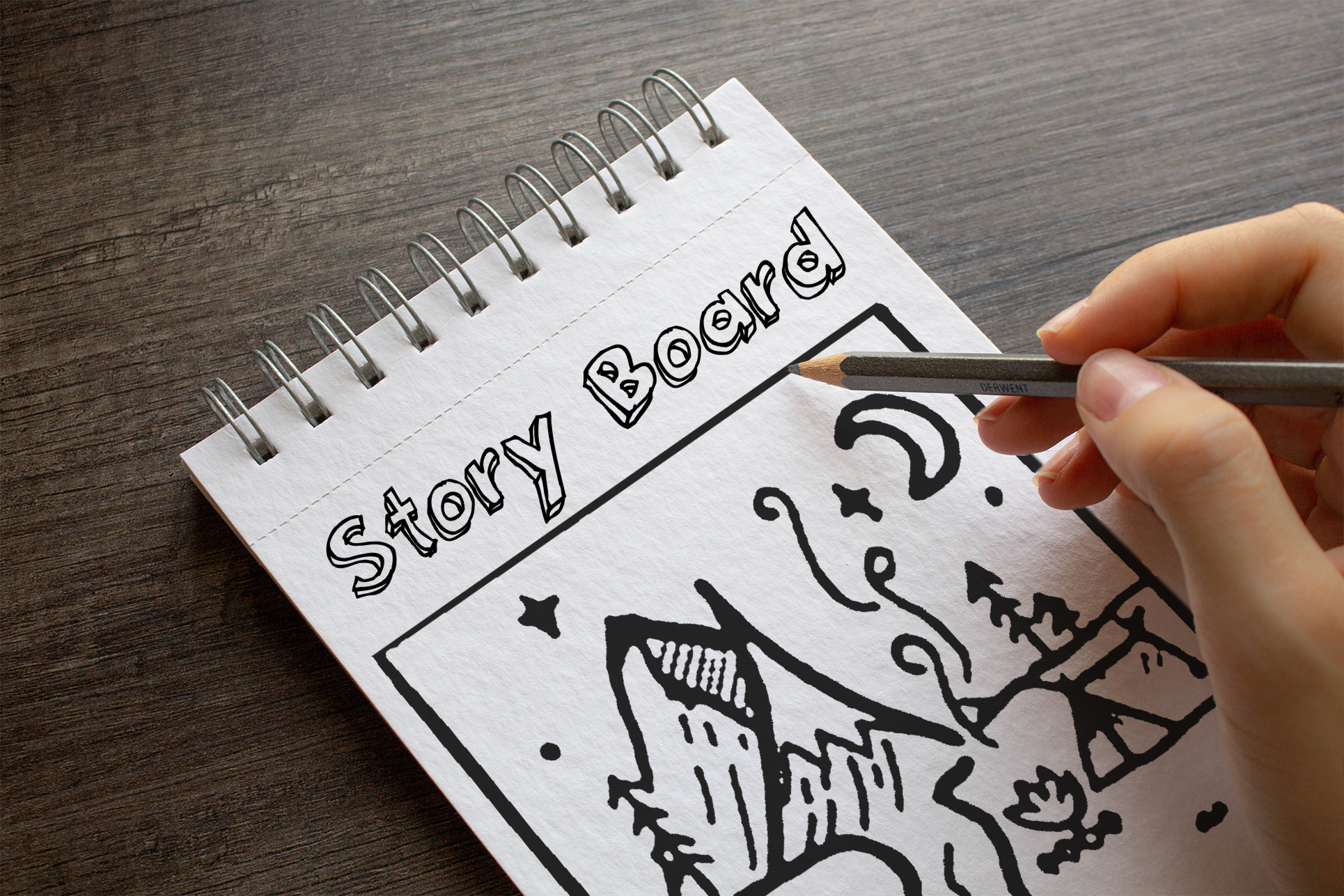Speaking a common language of humanity through Storyboards
Storyboarding: Speaking the Universal Language of Emotions and Feelings
As someone who processes information visually, I find that visualising concepts in my mind’s eye enhances my understanding and engagement with new topics. When exploring a subject, I naturally gravitate towards drawing to bring ideas to life. This visual approach not only deepens my comprehension but also helps me grasp complex concepts more effectively.
Storyboarding, in particular, resonates deeply with me for its ability to transcend language barriers and facilitate universal communication and understanding. Through storyboards, I can encapsulate scenes, emotions, and empathy, creating a shared language that resonates universally, irrespective of linguistic differences.
What makes storyboarding truly remarkable is its inherent simplicity and yet its profound effectiveness in conveying meaning. Even those unfamiliar with UX terminology can grasp the essence of a storyboard’s narrative, connecting on a human level through shared emotions and experiences.
Storyboarding serves as a powerful tool for UX designers to bridge gaps and foster understanding among diverse audiences, including tech teams, marketing teams, and stakeholders within a company. It taps into our common humanity, speaking the universal language of emotions and feelings that unites us all.
Moreover, storyboarding aids in visualising thoughts and organising ideas, helping to identify connections and potential design improvements. It simplifies complex ideas within teams, fostering empathy towards the user’s experience. Its versatility extends across various fields, including advertising, UX design, and filmmaking.
In essence, storyboarding is more than a visual tool—it’s a catalyst for collaboration, connection, and empathy, essential in crafting meaningful user experiences and effective communication strategies.


